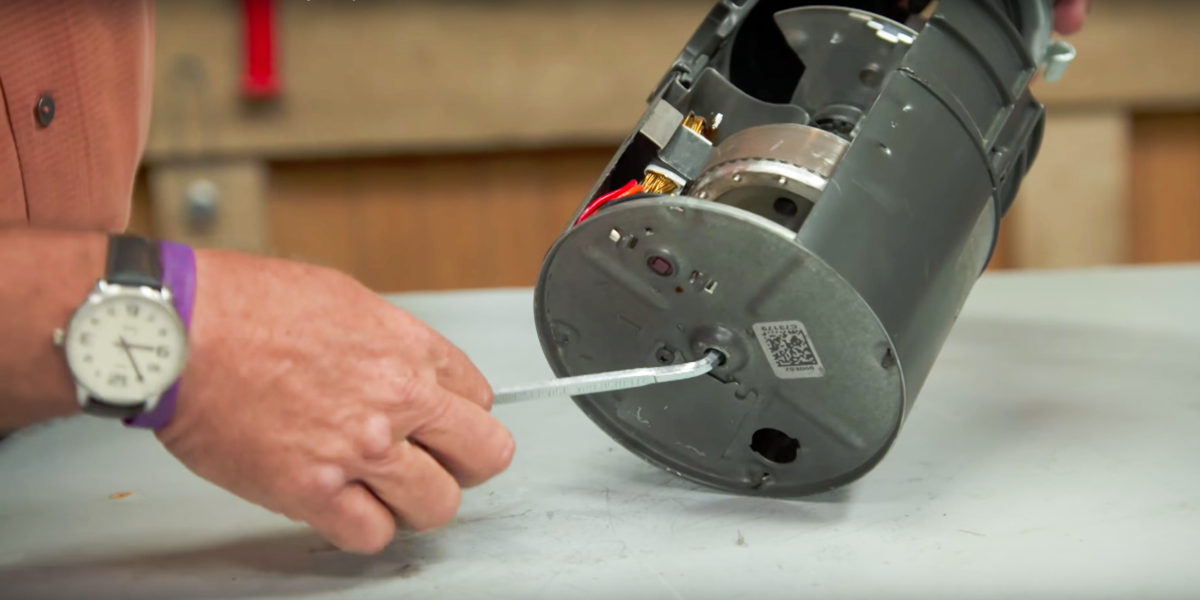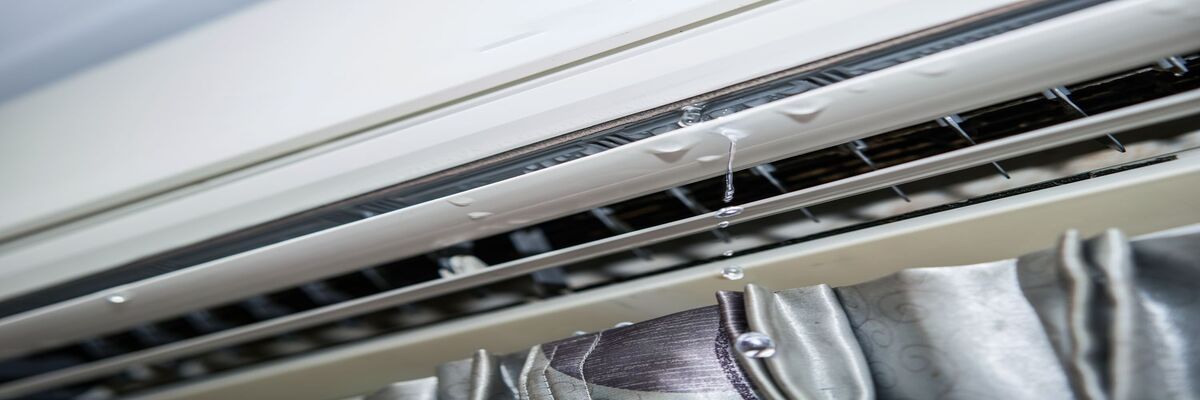How to Unclog a Sink?
Welcome to 24/7 Local Plumbers, your go-to resource for all things plumbing! If you've ever found yourself frustrated by a stubbornly clogged sink, you're not alone. A clogged sink can disrupt your daily routine and leave you feeling helpless. But fear not, because we're here to arm you with the knowledge and expertise you need to tackle even the toughest clogs with confidence. In this comprehensive guide, we'll walk you through everything you need to know about unclogging a sink, from common causes of clogs to step-by-step solutions that work.
Understanding the Problem
Before we dive into solutions, it's important to understand what causes sink clogs in the first place. Sink clogs typically occur when debris such as food scraps, grease, hair, and soap scum accumulate in the drain pipe, creating a blockage that prevents water from flowing freely. Over time, this buildup can become more severe, leading to slow drainage or a completely blocked sink.
Tools of the Trade
To effectively unclog a sink, you'll need the right tools for the job. Fortunately, you don't need a fancy plumbing toolkit to get the job done. Here are a few basic tools that every DIY plumber should have on hand:
- Plunger: A trusty plunger is often the first line of defense against a clogged sink. Simply place the plunger over the drain, create a tight seal, and plunge vigorously to dislodge the blockage.
- Drain Snake: For more stubborn clogs, a drain snake can be incredibly effective. This flexible tool allows you to reach deep into the drain pipe to break it apart and remove stubborn blockages.
- Baking Soda and Vinegar: For a natural and environmentally friendly approach to unclogging a sink, try using a combination of baking soda and vinegar. Simply pour a cup of baking soda followed by a cup of vinegar down the drain, let it sit for a few minutes, then flush with hot water to help break apart the clog.
Step-by-Step Solutions on How to Unclog a Sink
Now that you're armed with the right tools, let's delve into a detailed step-by-step process for unclogging your sink:
Step 1: Remove any Standing Water
Start by eliminating any standing water from the sink basin using a bucket or mop. This step prevents splashing and allows better access to the drain for unclogging.
Step 2: Inspect the Garbage Disposal
If your sink is equipped with a garbage disposal, it's crucial to check if it's contributing to the clog. Begin by switching off the disposal unit and shining a flashlight down the drain to spot any visible obstructions such as food particles, utensils, or other debris.
Step 3: Plunge with Precision
For the initial attempt at unclogging, equip yourself with a sturdy plunger. Ensure the sink is filled with enough water to cover the plunger's cup completely. Position the plunger firmly over the drain opening, creating a tight seal. Apply vigorous up-and-down motions for several minutes to create hydraulic pressure and dislodge the clog.
Step 4: Deploy the Drain Snake
If the plunger fails to resolve the issue, it's time to bring out the trusty drain snake. This flexible tool is designed to navigate the twists and turns of your drain pipes to reach and break apart stubborn clogs. Insert the drain snake into the drain opening and gradually rotate it while applying gentle pressure to push it further into the pipe. Continue feeding the snake until you encounter resistance, then rotate and maneuver it to break through the obstruction.
Step 5: Consider Chemical Drain Cleaners (As a Last Resort)
If previous methods prove ineffective, you may need to resort to chemical drain cleaners. Exercise caution and carefully follow the manufacturer's instructions, as these products contain potent chemicals that can be harmful if mishandled. Pour the recommended amount of cleaner down the drain and allow it to work its magic as per the specified duration. Afterward, flush the drain with copious amounts of hot water to clear away any remaining residue.
Remember, chemical drain cleaners should only be used as a last resort due to their harsh nature and potential to damage pipes. If you're uncertain or uncomfortable using these products, it's best to consult a professional plumber for safe and effective solutions.
Prevention is Key
Once you've successfully unclogged your sink, it's important to take steps to prevent future clogs from occurring. Here are a few tips to keep your sink running smoothly:
- Avoid pouring grease or oil down the drain, as it can solidify and cause blockages.
- Install a drain strainer to catch food scraps and other debris before they can enter the drain pipe.
- Regularly clean your sink and drain pipes with a mixture of baking soda and vinegar to help prevent buildup.
With the tips and techniques outlined in this guide, you'll be well-equipped to tackle even the most stubborn sink clogs with ease. Remember, if you ever find yourself facing a plumbing problem that's too big to handle on your own, don't hesitate to call the experts at 24/7 Local Plumbers for fast, reliable service. Happy unclogging!
You might also like
Book a Service Today
We will get back to you as soon as possible
Please try again later
Disclaimer: 24/7 Local Plumbing connects users with independent plumbers but does not guarantee service availability, verify licenses, or ensure insurance coverage. For full details, check out 24/7 Local Plumbing disclaimer.
Blog | Contact | Home | Privacy policy | Sitemap

All Rights Reserved | 24/7 Local Plumbers
Support and manage by lead vanguard
Committed to Accessibility: We strive for inclusivity and accessibility for all. Learn more about our accessibility efforts and resources.


